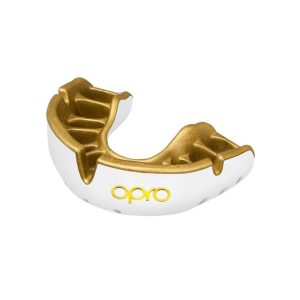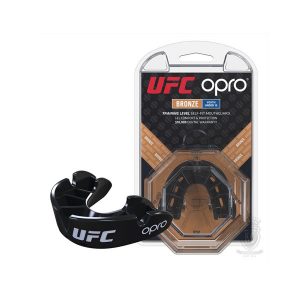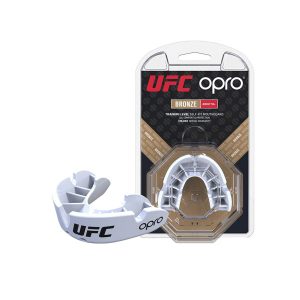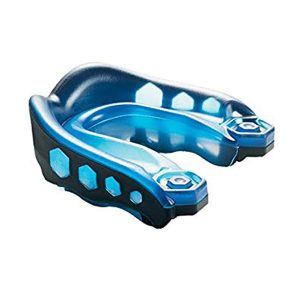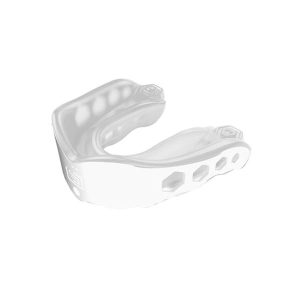Hockey Mouthguards
Hockey Mouthguards
Choosing the right mouthguard is essential in field hockey to protect your teeth, jaws, and overall oral health. Here are some factors to consider when selecting a hockey mouthguard:
Types of Mouthguards
Stock Mouthguards
Pros: Inexpensive and ready to wear.
Cons: One-size-fits-all may not provide a snug fit, limiting comfort and effectiveness.
Boil-and-Bite Mouthguards
Pros: Moldable to your teeth after being softened in hot water, offering a better fit than stock mouthguards.
Cons: Limited lifespan; may need replacement if you change teeth alignment significantly.
Custom-Fitted Mouthguards
Pros: Professionally made to fit your mouth precisely, offering the best comfort and protection.
Cons: More expensive than other types, requires a dental professional to create.
Key Considerations
Fit: The mouthguard should fit snugly on your teeth without hindering your speech or breathing. A proper fit ensures better protection.
Material: Mouthguards are made from various materials such as silicone, latex, or polyethylene. Silicone is often recommended due to its durability, comfort, and ease of cleaning.
Thickness: A thicker mouthguard provides better shock absorption. It should be thick enough to offer adequate protection but not too thick to impede breathing and speaking.
Breathing and Speaking: Ensure the mouthguard allows you to breathe easily and speak clearly. Practice talking and breathing with the mouthguard in before making a final decision.
Retention: The mouthguard should stay in place during the game. Look for mouthguards with retention features, such as lip protectors or a tether to attach it to your helmet.
Age and Dental Health: Consider the age of the player and any orthodontic work. Some mouthguards are specifically designed for younger players or those with braces.
Care and Maintenance
Cleaning: Clean the mouthguard thoroughly after each use with mild soap and warm water. Some mouthguards can also be cleaned with a mouthguard cleaning solution.
Storage: Store the mouthguard in a ventilated case to prevent bacteria growth. Avoid leaving it in direct sunlight or hot environments.
Regular Check-ups: Inspect the mouthguard regularly for signs of wear and tear. Replace it if you notice any damage or if it no longer fits properly.
Remember, a well-fitted mouthguard is an essential piece of safety equipment in field hockey. Investing in a high-quality mouthguard can prevent dental injuries and ensure you can play the game confidently and safely.

